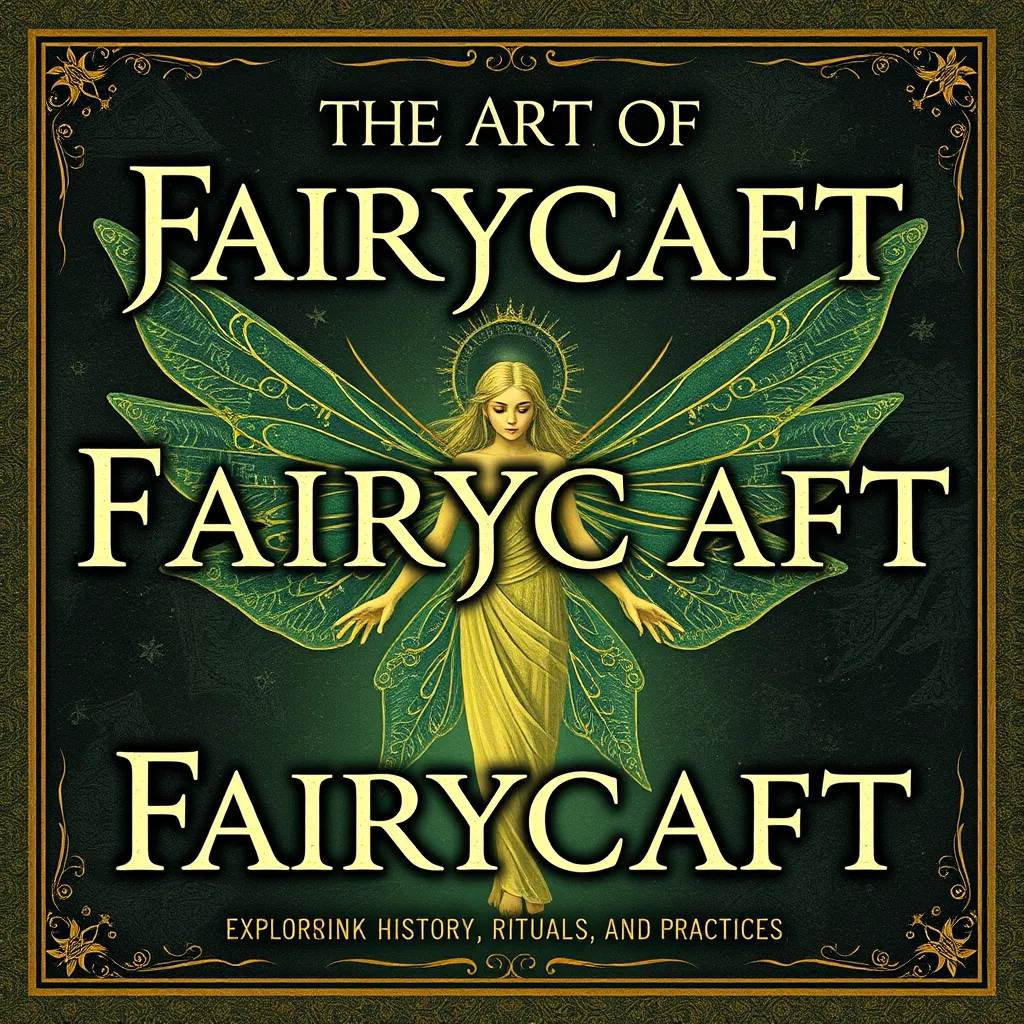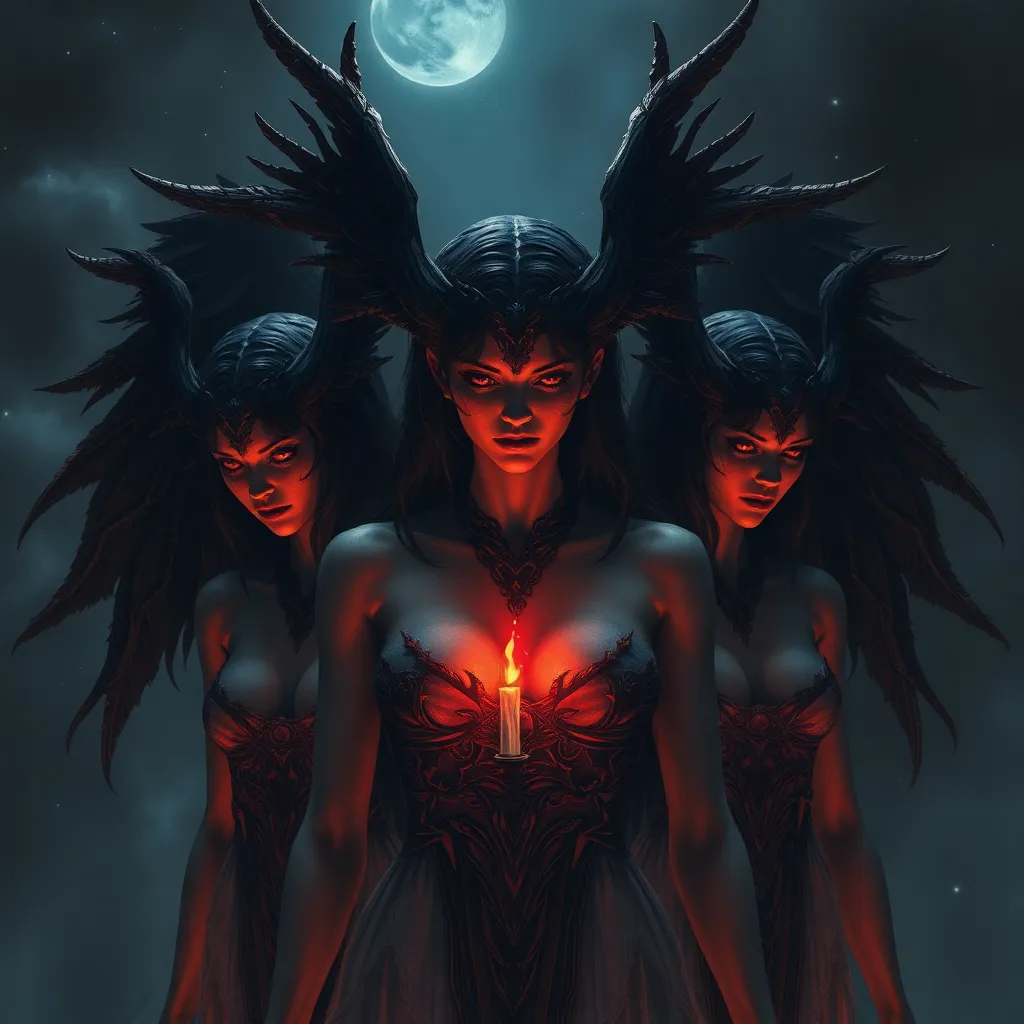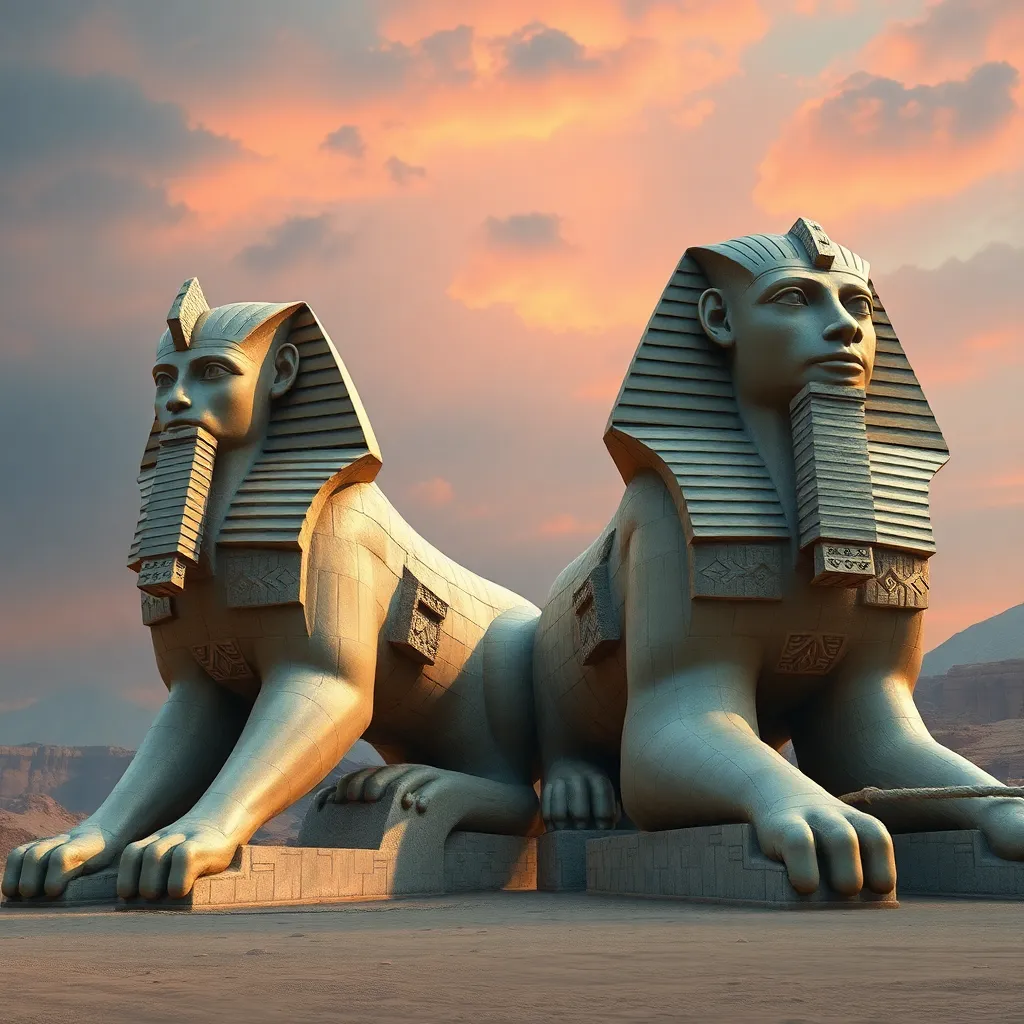The Art of Fairycraft: Exploring the History, Rituals, and Practices
I. Introduction to Fairycraft
Fairycraft, often seen as a whimsical and enchanting practice, involves connecting with the fairy realm and harnessing the energy of nature spirits. It is rooted in a rich tapestry of folklore, spirituality, and personal exploration. This article delves into the definition of fairycraft, its historical significance across cultures, and the various practices that enthusiasts engage in.
A. Definition of Fairycraft
Fairycraft can be defined as a spiritual practice that focuses on the interaction with fairies, nature spirits, and the elemental forces of the earth. Practitioners, often referred to as fairycrafters, use rituals, symbols, and tools that help facilitate their connection to these mystical beings.
B. Overview of its significance in various cultures
Throughout history, many cultures have recognized the presence of fairies and nature spirits, attributing them various roles in their mythology and traditions. From the mischievous sprites of Celtic folklore to the benevolent spirits in Slavic tales, fairycraft reflects a universal desire to connect with the unseen forces of nature.
C. Purpose and scope of the article
This article seeks to explore the historical roots, key symbols, rituals, and contemporary relevance of fairycraft, providing a comprehensive understanding of its practices and the ethical considerations that come with it.
II. Historical Roots of Fairycraft
The origins of fairycraft can be traced back to ancient beliefs and folklore that highlight humanity’s enduring relationship with nature and the supernatural.
A. Ancient beliefs and folklore associated with fairies
Fairies have been depicted in various ancient cultures, often seen as protectors of nature and bringers of fortune or mischief. In Celtic mythology, for instance, the Tuatha Dé Danann are believed to be a race of divine beings closely connected to the land.
B. Evolution of fairycraft through different eras
As societies evolved, so did the understanding and practices surrounding fairycraft. During the Middle Ages, fairies were often depicted as benevolent beings, while the Renaissance saw a resurgence in interest with a focus on nature and magic. The Romantic era further explored the enchanting qualities of fairies through literature and art.
C. Influence of literature and art on fairycraft practices
Literature and art have played pivotal roles in shaping the modern perception of fairies. Works by authors like William Shakespeare and J.M. Barrie have immortalized fairy characters, inspiring contemporary fairycrafters to incorporate these narratives into their practices.
III. Key Symbols and Tools in Fairycraft
Fairycraft is rich with symbols and tools that serve as conduits for connecting with the fairy realm.
A. Common symbols associated with fairies and their meanings
- Four-leaf clover: Represents luck and protection.
- Butterflies: Symbolize transformation and the ephemeral nature of life.
- Moon phases: Reflect the cycle of life and the connection to the feminine divine.
B. Essential tools used in fairycraft rituals
Practitioners often utilize various tools in their rituals, such as:
- Crystals: Amethyst, rose quartz, and clear quartz are commonly used to enhance spiritual connections.
- Wands: Often made of wood or crystals, wands are used to direct energy during rituals.
- Altar items: Items like flowers, candles, and offerings to honor the fairies.
C. The role of nature in fairycraft symbolism
Nature is central to fairycraft, serving as both a source of inspiration and a medium for connection. Elements such as trees, rivers, and stones are often seen as gateways to the fairy realm, rich with symbolic meaning and energy.
IV. Rituals and Practices in Fairycraft
Engaging in rituals is a fundamental aspect of fairycraft, allowing practitioners to connect more deeply with the fairy realm.
A. Common rituals to connect with the fairy realm
Some common rituals include:
- Nature walks: Spending time in natural settings to attune to the energy of the earth.
- Circle casting: Creating a sacred space for meditation or communication with fairies.
- Storytelling: Sharing fairy tales and folklore to honor the tradition and invite fairy energy.
B. Offerings and altars: what to include
Creating an altar is a beautiful way to honor the fairies. Common offerings include:
- Fresh flowers
- Sweet treats (like honey or cakes)
- Natural items (like stones, feathers, or shells)
C. Seasonal celebrations and their significance
Fairycrafters often celebrate seasonal events, such as:
- Spring Equinox: Welcoming new life and growth.
- Summer Solstice: Celebrating abundance and light.
- Autumn Equinox: Giving thanks for the harvest.
- Winter Solstice: Reflecting on the cycle of life and rebirth.
V. Fairycraft in Contemporary Society
In recent years, there has been a resurgence of interest in fairycraft and nature spirituality, reflecting a broader desire for connection in an increasingly digital world.
A. Resurgence of interest in fairycraft and nature spirituality
Many people are seeking alternative spiritual practices that honor nature and the earth, leading to a revival of fairycraft practices.
B. Modern adaptations of traditional practices
Practitioners today often blend traditional methods with contemporary ideas, incorporating elements like:
- Social media for sharing experiences and resources
- Workshops and community gatherings
- Artistic expressions in various mediums, such as crafts and performance
C. The role of community and online platforms in fairycraft today
Online platforms have created vibrant communities where fairycrafters can connect, share their journeys, and learn from one another. Social media groups, forums, and websites dedicated to fairycraft foster a sense of belonging and support.
VI. Ethical Considerations in Fairycraft
As interest in fairycraft grows, so does the importance of ethical considerations surrounding its practice.
A. Respecting nature and the fairy realm
Practitioners must approach their work with respect for nature, ensuring that their practices do not harm the environment or exploit natural resources.
B. Cultural appropriation vs. cultural appreciation
Fairycrafters should be mindful of the cultural origins of the practices they adopt, striving to appreciate rather than appropriate the traditions of others.
C. Responsible practices for aspiring fairycrafters
New practitioners are encouraged to:
- Educate themselves about the history and cultural significance of fairycraft.
- Engage with local communities and traditions.
- Practice gratitude and mindfulness in their interactions with nature.
VII. Personal Experiences and Testimonials
The stories of individuals who practice fairycraft illuminate its impact on personal lives and communities.
A. Stories from practitioners of fairycraft
Many fairycrafters report transformative experiences, such as feeling a profound connection to nature or receiving guidance from the fairy realm during moments of crisis.
B. How



